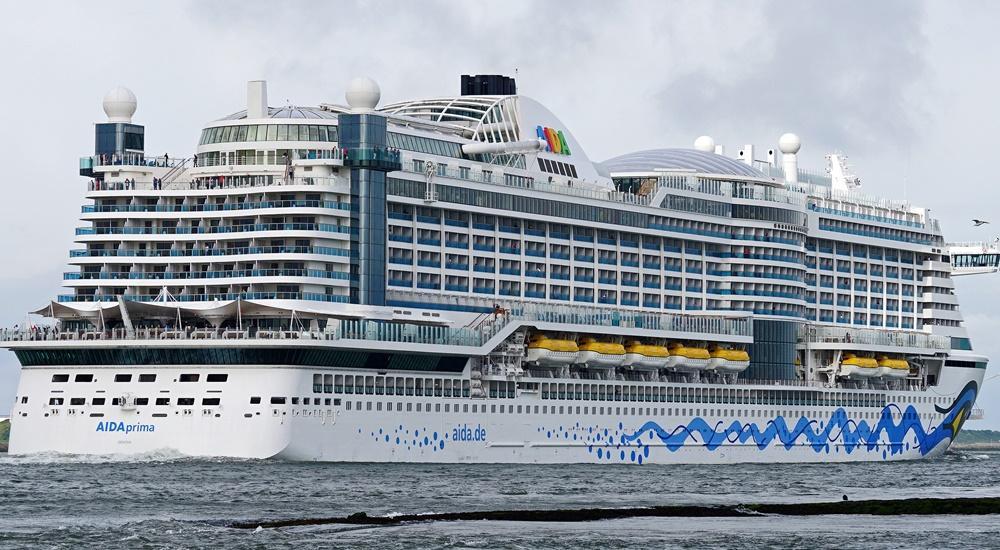
As part of the international trade conference “Making LNG Happen: Combining Forces for Sustainable Shipping,” 80 leading representatives from the fields of business, politics and science visited the cruise ship AIDAprima in Rotterdam on Thursday, January 26, 2017. The guests included Dirk Brengelmann, Ambassador of the Federal Republic of Germany in the Netherlands and his Norwegian colleague Martin Sørby.
On board of the first cruise ship in the world that uses a dual-fuel engine to produce its energy from low-emission liquefied gas (LNG) while docked at port, leading LNG experts from Germany, Norway and the Netherlands informed themselves about the practical experiences of AIDA Cruises with the use of LNG.

After the first successful test run for the LNG supply of AIDAprima in Hamburg on May 7, 2016, the cruise ship is successfully being provided with LNG while docked at all ports on its route – Hamburg, Rotterdam, Le Havre, Southampton and Zeebrugge. This is a significant contribution to environmental protection, since an AIDA ship spends about 40 percent of its operating time in a port. Compared to using conventional marine diesel with 0.1 percent sulfur content, emissions are considerably reduced even further by using LNG. Sulfur oxides and soot particles can be prevented completely. Nitrogen oxide emission is reduced by up to 80 percent and CO2 emissions are lowered by 20 percent.
“We believe in LNG as the fuel with the lowest emissions that is currently available and have been performing pioneering work in this area for many years. In the summer of 2015 we announced that we will be the first cruise company worldwide to operate the ships of the next AIDA generation – which are being built at the Meyer shipyard in Papenburg and commissioned as of 2019 – 100 percent with LNG. We are pleased that other cruise lines are now also following our example and have ordered new constructions with LNG fuel as well,” said Dr. Monika Griefahn, Chief Sustainable Officer AIDA Cruises at the trade conference in Rotterdam.
“However, we also need the support of the ports and LNG producers to invest in the necessary infrastructure,” Dr. Monika Griefahn continued.
AIDA Cruises invested in the research and testing of applications to use LNG in cruise ships early on. We collaborated on the LNG hybrid barge together with Becker Marine Systems in 2013 to develop and launch an innovative and flexible solution for providing environmentally friendly energy to the ships using liquefied gas while they are moored in the Hamburg harbor. Since May 30, 2015, AIDAsol has been supplied with low-emission power from liquefied gas (LNG) at the Hafencity Cruise Terminal; in 2016 alone this included 16 arrivals.
AIDA Cruises has transparently documented its commitment to the environment and society in its Sustainability Report “AIDA cares” since 2007. In this report it also lists all of the relevant environmental key figures. In addition to reducing emissions, increased efficiency is a significant factor in eco-friendly ship operation.
The ships in the AIDA fleet only use 3 liters of fuel on average per person on board for a 100-kilometer trip. This was already confirmed by experts at DNV GL in an independent study in 2012. Thanks to the use of state-of-the-art, energy-efficient environmental technologies and the economical handling of resources, additional progress was made in 2016. For example, nine percent less energy was used per person on board than in 2012. During the same time period, the water consumption per person on board dropped by 7.2 percent and the emission of carbon dioxide by 7.7 percent.